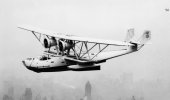From 1922 to 1931, the Navy bought 418 torpedo bombers, which were considered to be the only effective means to attack enemy ships.
Until Lexington and Saratoga (CVs 2 & 3) joined the fleet, the VTs were considered too large for carrier ops, so operated on floats. All those aircraft were capable of wheeled or float operation.
The first air groups had two torpedo squadrons with 32 aircraft (and two VF with 36 aircraft, plus smaller observation squadron/det.)
The 418 torpedo bombers:
-- 67 Douglas DTs (the first military aircraft ever sold by Douglas)
-- 83 Curtiss CS or SC (the last 75 built by Martin)
-- 124 Martin T3Ms
(All the above had steel tube fuselages covered with fabric, wooden wings, and liquid-cooled V-12s)
-- 152 Martin T4Ms and Great Lakes TGs with fabric-covered steel wings and radial engines)
Dive bombing was recognized as desirable, but aircraft structures weren't strong enough to withstand the forces.
BuAer issued a RFP in 1928 for a dive bomber able to carry a 1000-lb bomb and pull out of a terminal velocity dive without dropping the bomb. Martin built a prototype and 32 Martin BMs were ordered.
Once effective dive bombers were available, the torpedo squadrons were reduced to one per group and two scout (dive) bomber squadrons were assigned.
By 1937, the open-cockpit biplanes were replaced with Douglas TBD monoplane torpedo bombers. The scout bomber squadrons were equipped with Curtiss SBC Helldivers and Vought SB2U Vindicators, giving all carriers dive bombing capability.
The SBC was the last combat biplane bought by the U.S.; one Marine squadron served in the mid-Pacific until mid-1942 but did not see combat.
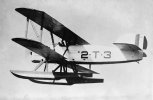
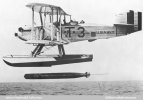
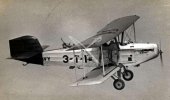
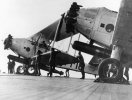
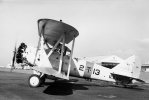
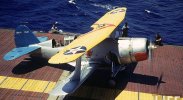
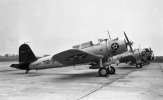
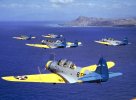
Until Lexington and Saratoga (CVs 2 & 3) joined the fleet, the VTs were considered too large for carrier ops, so operated on floats. All those aircraft were capable of wheeled or float operation.
The first air groups had two torpedo squadrons with 32 aircraft (and two VF with 36 aircraft, plus smaller observation squadron/det.)
The 418 torpedo bombers:
-- 67 Douglas DTs (the first military aircraft ever sold by Douglas)
-- 83 Curtiss CS or SC (the last 75 built by Martin)
-- 124 Martin T3Ms
(All the above had steel tube fuselages covered with fabric, wooden wings, and liquid-cooled V-12s)
-- 152 Martin T4Ms and Great Lakes TGs with fabric-covered steel wings and radial engines)
Dive bombing was recognized as desirable, but aircraft structures weren't strong enough to withstand the forces.
BuAer issued a RFP in 1928 for a dive bomber able to carry a 1000-lb bomb and pull out of a terminal velocity dive without dropping the bomb. Martin built a prototype and 32 Martin BMs were ordered.
Once effective dive bombers were available, the torpedo squadrons were reduced to one per group and two scout (dive) bomber squadrons were assigned.
By 1937, the open-cockpit biplanes were replaced with Douglas TBD monoplane torpedo bombers. The scout bomber squadrons were equipped with Curtiss SBC Helldivers and Vought SB2U Vindicators, giving all carriers dive bombing capability.
The SBC was the last combat biplane bought by the U.S.; one Marine squadron served in the mid-Pacific until mid-1942 but did not see combat.








Last edited:

